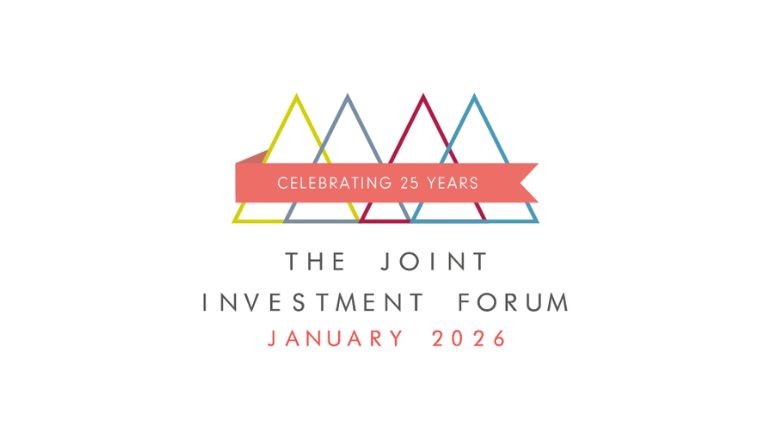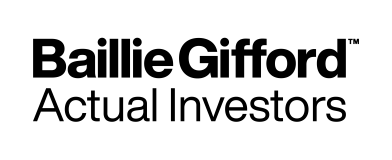HUB EXCLUSIVES PANEL DISCUSSION
Panel discussion, hosted by Cherry Reynard, with:
Jason Borbora-Sheen, Portfolio Manager, Diversified Income Fund, Ninety One
Luke Hickmore, Fund Manager, Strategic Bond Fund, Aberdeen Investments
High fiscal spending, economic mismanagement, and geopolitical risk used to be the hallmarks of emerging markets rather than developed markets. Today, these characteristics are more likely to be found in the US or Europe. Does this suggest markets should recalibrate the relative risks between emerging and developed markets?
Jason Borbora-Sheen, portfolio manager, Ninety One Diversified Income fund, says that developed markets are synonymous with low risk and emerging markets with high risk. He adds: “What we’ve learnt over the past five years is the old rules on defining risky behaviour based on what countries are called or where they’re situated is erroneous.
“What we’ve seen from many emerging markets is a quick response to inflation. They’ve had to deal with that in the past and understand the negative spiral that comes from allowing it to persist. In contrast, some developed markets were too late to respond, believing it would be transitory. That speaks to how markets are starting to behave.”
Discerning markets
In the aftermath of the Liberation Day announcement, Borbora-Sheen points to a stronger relationship in developed market sovereign bonds between the financial position of the issuer, the indebtedness of a country, how much debt was owned by foreigners, and the performance of the bond in price terms. “That’s quite unusual for developed market sovereign bonds. It’s quite common for EM sovereign bonds and corporate bonds. This speaks to the fact that the old orthodoxies don’t apply anymore…investors can’t rely on whether something is called emerging or developed, sovereign or corporate; investors are paying attention to fundamentals.”
That said, emerging markets are not homogenous and there is both good and bad practice among them. Equally, while there are those with better economic management, it is difficult to escape the long arm of the US.
Luke Hickmore, fund manager on the Aberdeen Strategic Bond fund, says: “There are loads of countries that are in a much better fiscal position on the face of it than the US. The elephant in the room is that the US is so huge, it soaks in many of their exports. It will affect what happens with the dollar, which is very important for many emerging market debt levels. No-one can ignore the US.”
Pockets of strength
However, he sees real pockets of strength: “We’ve been investing quite a lot in emerging Eastern European economies. While Western European markets have been taking on more debt, some Eastern European countries have been paying their debt down, as have places like Greece. It opens up good fertile ground in an area of the continent we know pretty well. There are lots of opportunities in these emerging countries.”
He also points to bits of the Middle East, or Latin America, where the fiscal profile is improving dramatically. “There are pockets of really good quality coming through in emerging markets compared to a lot of indebted developed markets. But there’s always basket cases in emerging whatever the environment.”
The recent decline in the dollar should also be good for the debt position in emerging markets. Hickmore says that countries with dollar-denominated debt should be paying less in local currency terms, which in turn gives them more flexibility on their local economies. However, he adds, “they have to be a position to take advantage. If you look at places like Chile, it is doing very well through all of this. Places like Argentina are still in a lot of trouble fiscally, and has been through IMF programme after IMF programme. A lower dollar helps a bit, but they have bigger problems.
“If a country has got real problems, a lower dollar is not going to help. But for those that are improving, it does give them a bit of a turbo-charge. We’ve seen that for places like Egypt.”
With the outlook improving for many emerging market economies and declining for many developed market economies, should this be reflected in narrower spreads between the two? Borbora-Sheen says: “Looking at hard currency emerging market bonds, they behave like a corporate bond that you might have in the UK or US. When you talk about spreads, the differential between the corporate and the sovereign will still behave in a risk on/risk off fashion. That’s the nature of that market. The better fundamental story in emerging markets means that those yields might be relatively lower than their developed counterparts.
“For emerging market local currency bonds, we prefer to own those is on a currency hedge basis. We buy the local currency bond in a local currency format, hedge it back to sterling. This gives a higher yield than UK bonds, and a better total return, because there is room for better and faster rate reductions in some of those countries.”
It may be time to reexamine the relative risks of emerging and developed market debt markets, as emerging markets embrace fiscal orthodoxy and developed markets shun it. There are already signs that the market is starting to respond differently in the wake of erratic policymaking. Old assumptions may no longer apply.















